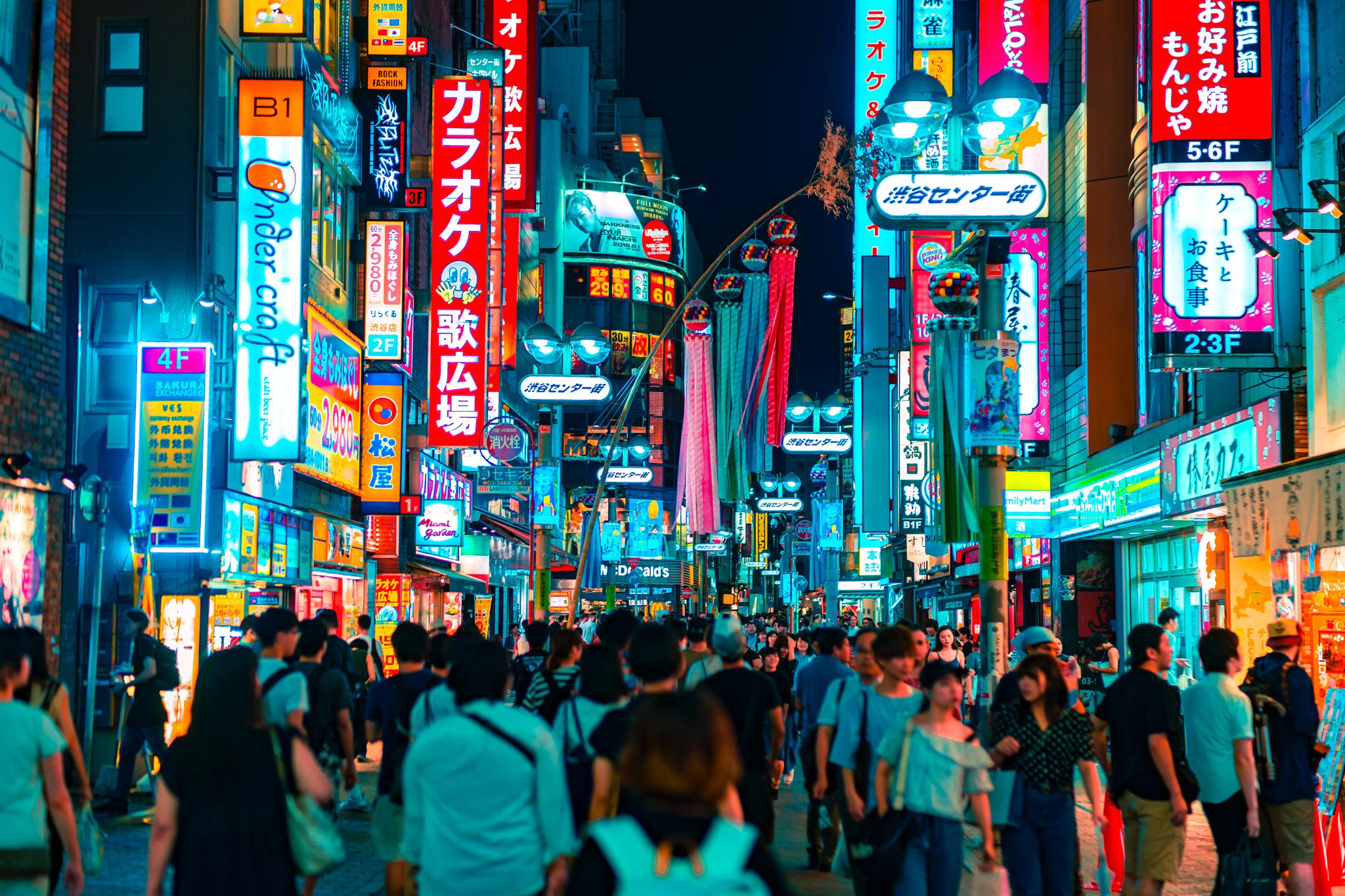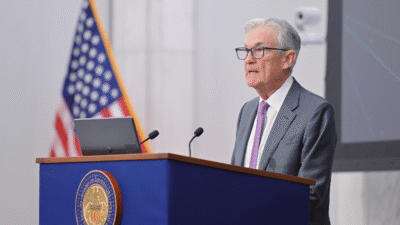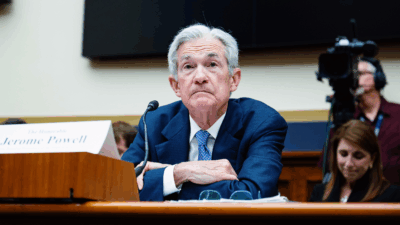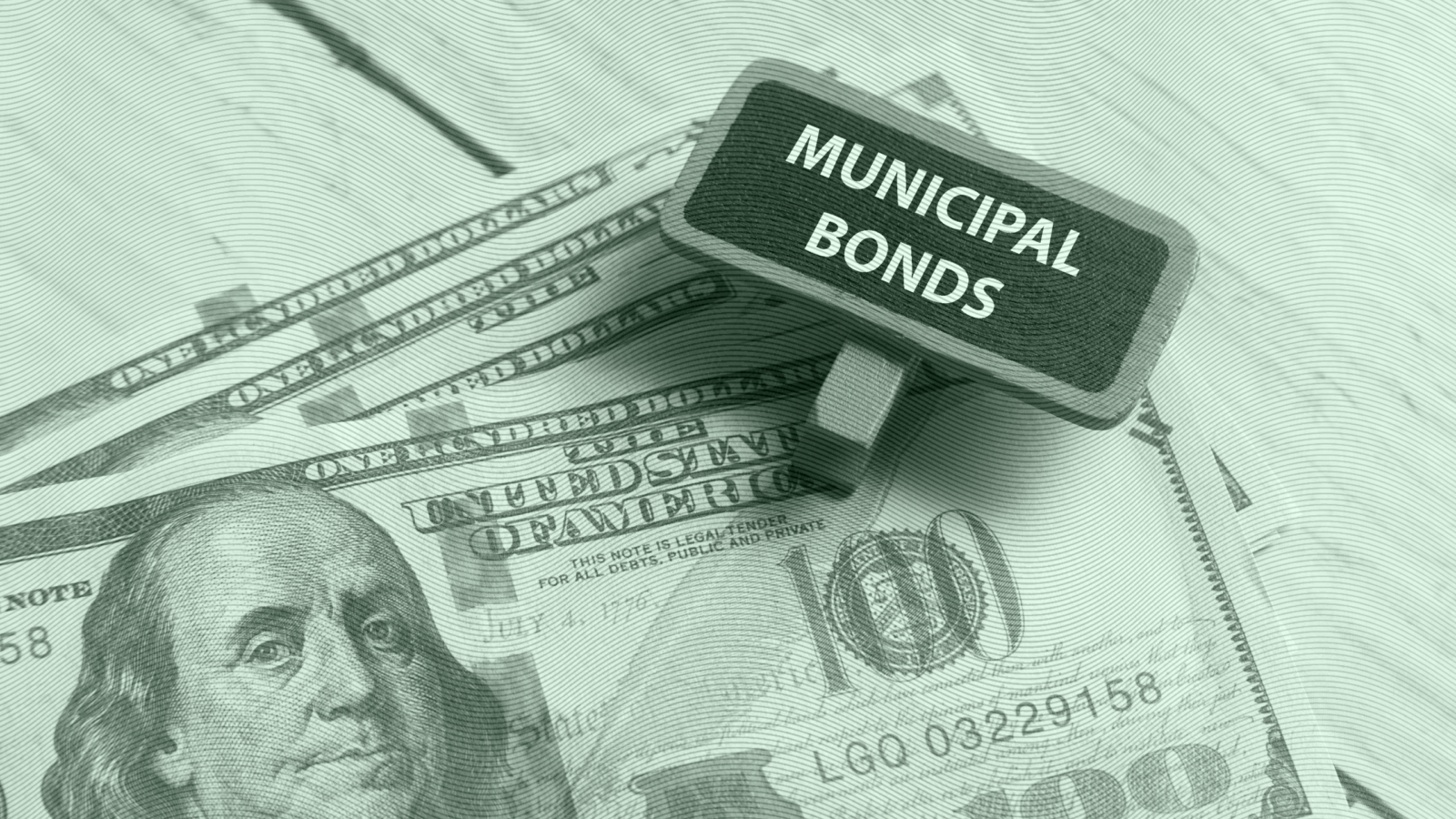Japan’s Central Bank Has an Unusual Foe: Inflation
After decades of trying — and failing — to stoke inflation, Japan has finally been gifted steadily rising prices.

Sign up for smart news, insights, and analysis on the biggest financial stories of the day.
Meet the one place on earth where inflation is actually welcome, to a point.
After decades of trying — and failing — to stoke inflation, Japan has finally been gifted steadily rising prices, thanks to the same macroeconomic forces afflicting the rest of the world. In an interview with the Financial Times on Thursday, central bank governor Kazuo Ueda outlined the bank’s plan to cautiously boost rates without killing the country’s shiny new growing economy.
Deflation Nation
Since the 1990s, Japan has been mired in a status quo of consistently falling prices — yes, deflation. And while that may sound enviable to just about every other country right now, Japan’s deflation has long been coupled with stagnant wages and little to no economic growth, all of which combine to create what economists have dubbed a “Japanification” doom loop. The Bank of Japan has employed just about every trick in the central banking book to boost growth, maintaining ultra-ultra loose fiscal policy, going so far as instituting negative interest rates of -0.1% and keeping an iron grip on bond markets.
It took a pandemic and the outbreak of war in Ukraine to finally do what the BoJ couldn’t. But now there may be too much of a good (or bad?) thing. In January, Japan’s inflation rate hit a peak of 4.2% — still far below the roughly 10% rates seen in the US and the EU, but historically high for Japan — spurring both wage and economic growth. By September, that fell to 2.8%, and now Ueda has tasked himself with shrinking that number closer to an ultimate 2% goal — without relapsing into Japanification:
- The BoJ announced in July plans to ease control of the government bond market, offering to buy 10-year bonds at 1% fixed-rate operations. At the end of October, the BoJ said it would go even further, allowing yields on the 10-year bond to surpass 1%.
- In effect, the central bank was hoping to unwind its yield curve control policy to buoy a slumping yen, in hopes of maintaining the positive momentum brought by inflation. On average, Japanese companies delivered a 3.5% raise to employees this year, according to the Wall Street Journal, the highest wage gain in 30 years, while the economy grew nearly 5% year-over-year between April and June.
Grey Zone: That growth may be difficult to maintain. Over 10% of the nation’s population is at least 80 years old or older, and almost 33% is over 65. By 2040, Japan’s economy could be short 11 million workers, according to a recent study by the think tank Recruit Works Institute, and Prime Minister Fumio Kishida said in January that “Japan is standing on the verge of whether we can continue to function as a society.” So, sure, relatively low inflation may sound great to permanently sticker-shocked Americans now, but the bigger picture is far more complicated.











